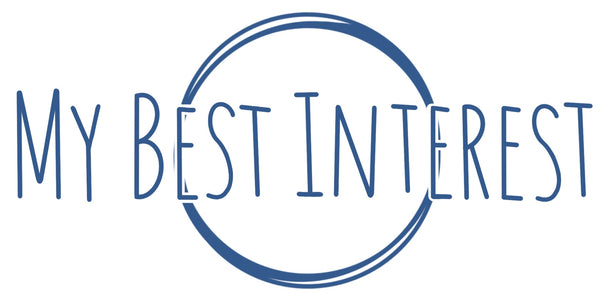Dyslexia
Understanding Dyslexia: A Comprehensive Guide
Dyslexia is a neurodevelopmental condition that affects the way the brain processes written and spoken language. It is characterised by difficulties with reading, spelling, and writing, despite normal or above-average intelligence and adequate instruction. Below, we'll delve into what dyslexia is, debunk common misconceptions, provide useful statistics and facts, outline signs and symptoms, and offer strategies for supporting individuals with dyslexia.
What is Dyslexia? Dyslexia is not a result of laziness, lack of intelligence, or poor education. It is a specific learning difference that affects the way the brain processes information. Individuals with dyslexia may struggle with phonological awareness (the ability to recognise and manipulate sounds in spoken language), decoding words, fluency, spelling, and comprehension.
Common Misconceptions One prevalent misconception about dyslexia is that it's simply a matter of seeing letters or words backward. In reality, dyslexia involves a complex interplay of cognitive processes related to language processing. Another misconception is that individuals with dyslexia are not intelligent. However, dyslexia has no correlation with intelligence; many individuals with dyslexia are highly intelligent and creative.
Useful Statistics and Facts
- Dyslexia affects about 10% of the population worldwide.
- It occurs across all ethnic and socioeconomic backgrounds.
- Early identification and intervention are crucial for effective support.
- With appropriate accommodations and strategies, individuals with dyslexia can thrive academically and professionally.
Signs and Symptoms Signs of dyslexia can vary widely and may manifest differently in each individual. Common signs and symptoms include:
- Difficulty decoding words and recognising sight words
- Poor spelling and writing skills
- Slow and laborious reading
- Difficulty with phonological awareness tasks, such as rhyming or segmenting sounds
- Challenges with organisation and time management
How to Help and Accommodate Supporting individuals with dyslexia involves understanding their unique strengths and challenges and providing appropriate accommodations and interventions. Here are some strategies for helping individuals with dyslexia:
- Provide multisensory instruction that engages multiple senses (visual, auditory, kinesthetic).
- Break tasks into smaller, manageable steps.
- Offer assistive technologies, such as text-to-speech software or speech-to-text apps.
- Encourage the use of graphic organisers and other visual aids to enhance comprehension.
- Foster a supportive and inclusive learning environment where strengths are celebrated, and challenges are addressed with empathy and patience.
Other Relevant Information
- Dyslexia is a lifelong condition, but with early intervention and ongoing support, individuals can develop effective coping strategies and achieve success in school and beyond.
- It's essential to raise awareness about dyslexia and advocate for policies and practices that ensure equitable access to education and employment opportunities for individuals with dyslexia.
By fostering understanding, providing support, and promoting acceptance, we can create a more inclusive society where individuals with dyslexia can thrive and reach their full potential.
